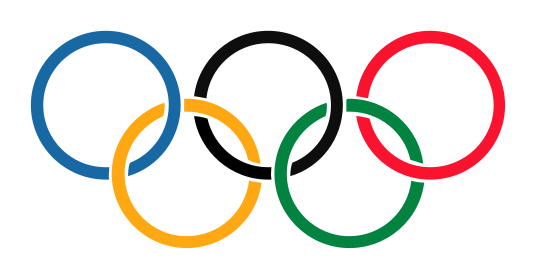Lausanne, Nov 3, 2017: The International Olympic Committee (IOC) today took a further important step in the protection of athletes from harassment and abuse by launching a toolkit to assist International Sports Federations (IFs) and National Olympic Committees (NOCs) to develop and implement athlete-safeguarding policies and procedures (IOC launches toolkit).
“As an Olympian, the voices and concerns of athletes resonate with me,” said IOC President Thomas Bach. “We praise the athletes’ courage to speak out on incidents of harassment and abuse, and we support them in their action. The safety and wellbeing of athletes are paramount to the IOC and the Olympic Movement.
It is the responsibility of all of us to keep athletes safe and to guard their rights. Through a collective effort, I am pleased that we can today launch this toolkit to assist sports organisations in this important area of athlete welfare, reinforcing our stance against all forms of harassment and abuse in sport.”
A step-by-step guide to safeguarding athletes
The toolkit was officially presented earlier today at the Association of National Olympic Committees (ANOC) General Assembly in Prague, Czech Republic, by IOC Member and Chair of the IOC prevention of harassment and abuse in sport (PHAS) working group HRH Prince Feisal.
“This toolkit aims to provide solutions and guidance for sporting organisations based on experience and expertise from all over the world,” he explained. “By following the steps in this toolkit, we hope that all sports organisations will implement policies and procedures which are effective, and have a true long-lasting positive impact on athlete wellbeing.”
Building on existing guidelines and medical consensus statements, this step-by-step guide focuses on organisational and competition-specific safeguarding policies. It is reinforced with key research, recommendations and case studies across the Olympic Movement, and offers a solution-based approach.
The toolkit is the latest in a series of PHAS initiatives, which have been established by four IOC Commissions (Athletes’, Athletes’ Entourage, Medical and Scientific, and Women in Sport), in collaboration with NOCs, IFs, external partners such as UN Women, and subject matter experts.
The need for the development of resources related to athlete safeguarding was further requested by athletes at the International Athletes’ Forum in 2015. To complement the toolkit and ensure that athletes, their entourage and other individuals understand the core components of this sensitive topic, a free bite-size IOC Athlete Safeguarding e-learning course has been developed and launched on the IOC Athlete Learning Gateway.
Games-time measures
At the Olympic Winter Games in PyeongChang next February, a clear structure will be in place, as was the case at the Olympic Games in Rio last year. Participants will be able to report any incident of harassment or abuse via the IOC Safeguarding Officer. Responsible for coordinating this procedure, the Officer will be on site in the Olympic Village from when it opens and for the duration of the Games.
All reported incidents will be dealt with through a confidential procedure linked to local law enforcement agencies and relevant disciplinary channels. Educational material will also be made available across the Olympic Village to reinforce athletes’ rights to safe sport.
Visit the Safe Sport section on the Olympic Athletes’ Hub for more information related to all the IOC prevention of harassment and abuse in sport initiatives.
Following this formal presentation of the toolkit during the ANOC General Assembly, a workshop on the toolkit will be given at the ASOIF International Federation Elite Athlete Health & Global Health Workshop on 7 November 2017, where both Summer and Winter IF representatives will be in attendance. —- IOC


Leave a Reply
You must be logged in to post a comment.